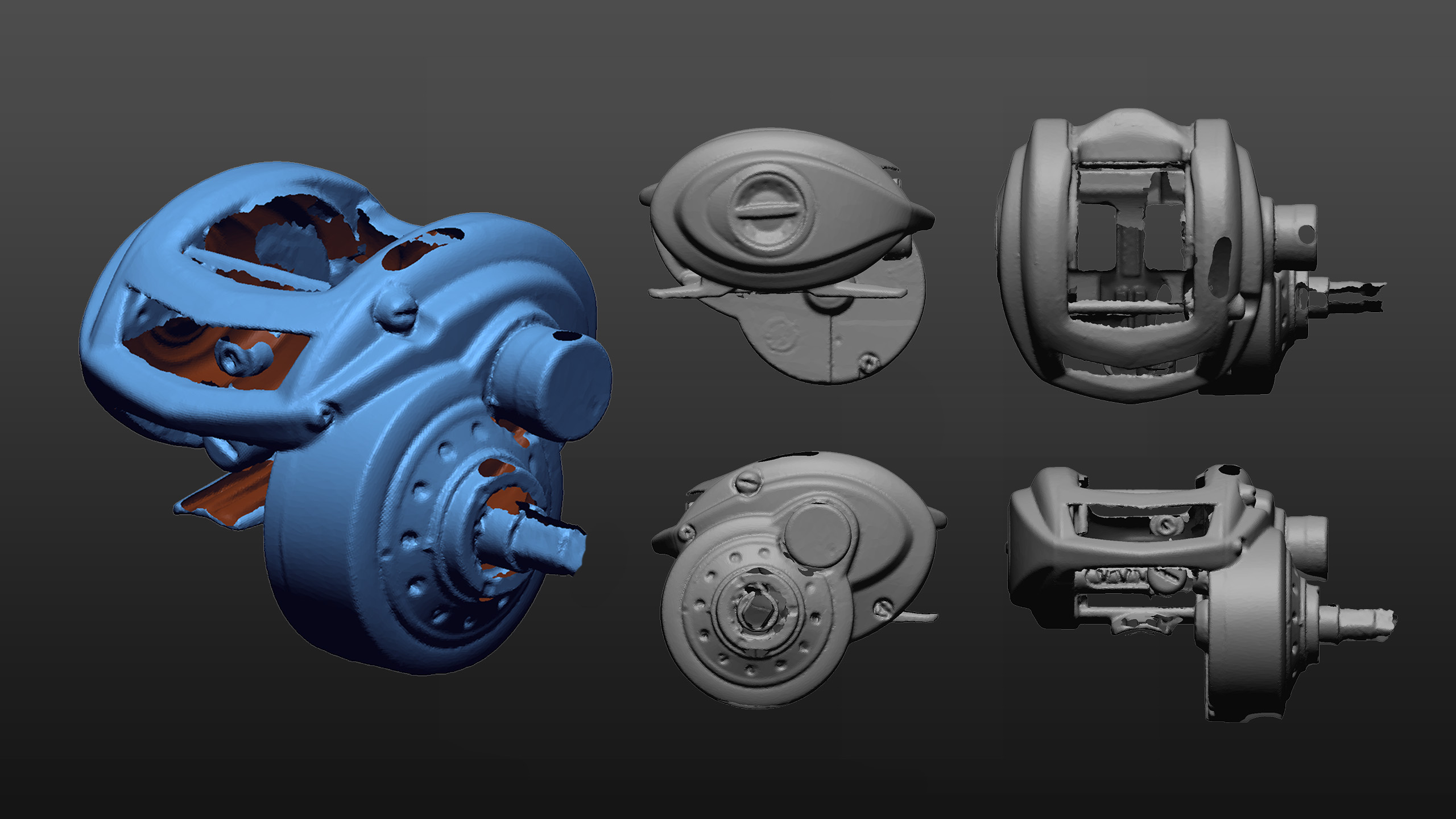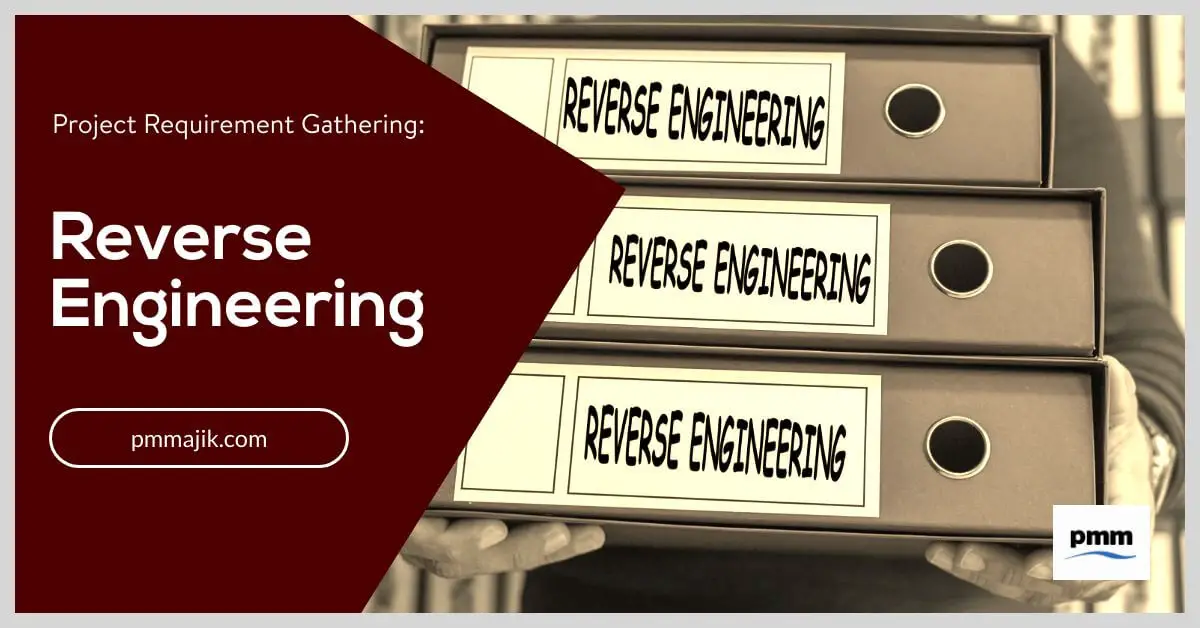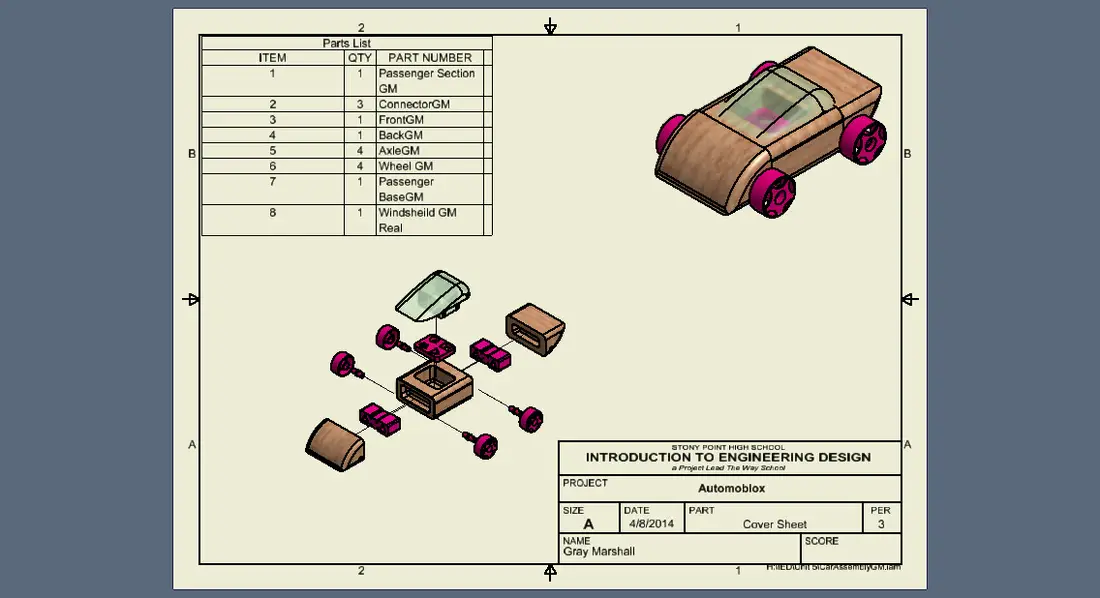Reverse Engineering For Project Managers

Executive Summary

Reverse engineering is a valuable technique for project managers to use in order to gain insights into existing products, processes, and systems. By breaking down these components into their individual elements, project managers can gain a deeper understanding of how they work and how they can be improved. This knowledge can then be used to inform decision-making and improve project outcomes.

Introduction
Reverse engineering is the process of taking an existing product, process, or system and analyzing it to determine how it works. This can be done through a variety of methods, including disassembly, inspection, and testing. By understanding how something works, project managers can gain valuable insights that can be used in the development of new products and processes.
FAQs
What are the benefits of reverse engineering?
- Gain insights into existing products, processes, and systems
- Identify areas for improvement
- Develop new products and processes
- Improve project outcomes
- Reduce risk
When should project managers use reverse engineering?
- When developing new products or processes
- When improving existing products or processes
- When troubleshooting problems
- When assessing risks
What are the challenges of reverse engineering?
- Can be time-consuming and expensive
- Requires specialized knowledge and skills
- Can be difficult to obtain the necessary information
Top 5 Subtopics
1. Disassembly
Disassembly is the process of taking apart an existing product or system into its individual components. This can be done manually or using automated tools. Disassembly allows project managers to gain a detailed understanding of the product’s or system’s construction and how its components interact with each other.
Important pieces:
- Identify the major components of the product or system.
- Document the order in which the components are assembled.
- Note the materials and finishes used in the construction of the product or system.
- Take photographs or videos of the disassembly process.
- Create a detailed report of your findings.
2. Inspection
Inspection is the process of examining an existing product or system to identify its features and characteristics. This can be done visually, using measuring instruments, or using other nondestructive testing methods. Inspection allows project managers to gather data that can be used to create a detailed description of the product or system.
Important pieces:
- Identify the physical characteristics of the product or system.
- Measure the dimensions, weight, and other physical properties of the product or system.
- Inspect the product or system for defects or damage.
- Document your observations in a detailed report.
- Take photographs or videos of the inspection process.
3. Testing
Testing is the process of evaluating the performance of an existing product or system. This can be done by conducting a variety of tests, such as functional tests, performance tests, and environmental tests. Testing allows project managers to identify any problems or areas for improvement in the product or system.
Important pieces:
- Develop a test plan that outlines the tests to be conducted.
- Conduct the tests according to the test plan.
- Record the results of the tests.
- Analyze the results of the tests to identify any problems or areas for improvement.
- Document your findings in a detailed report.
4. Data Analysis
Data analysis is the process of analyzing the data collected during the disassembly, inspection, and testing phases of reverse engineering. This data can be used to create a detailed description of the product or system, identify areas for improvement, and develop new products or processes.
Important pieces:
- Organize the data into a spreadsheet or database.
- Create charts and graphs to visualize the data.
- Identify trends and patterns in the data.
- Draw conclusions from the data.
- Document your findings in a detailed report.
5. Documentation
Documentation is the process of recording the results of the reverse engineering process. This documentation can be used to communicate the findings of the project to others and to provide a basis for future product development.
Important pieces:
- Create a detailed report that describes the reverse engineering process and its findings.
- Include photographs or videos of the disassembly, inspection, and testing phases.
- Make the report available to other project stakeholders.
- Update the report as new information becomes available.
- Archive the report for future reference.
Conclusion
Reverse engineering is a valuable technique that project managers can use to gain insights into existing products, processes, and systems. By understanding how something works, project managers can identify areas for improvement and develop new products and processes. Reverse engineering can also be used to troubleshoot problems and assess risks.
